Journal list menu
Export Citations
Download PDFs
Issue Information
Editorial
Evidence-based practice in radiography: A strategy for shifting our culture
- Pages: 323-325
- First Published: 04 June 2024
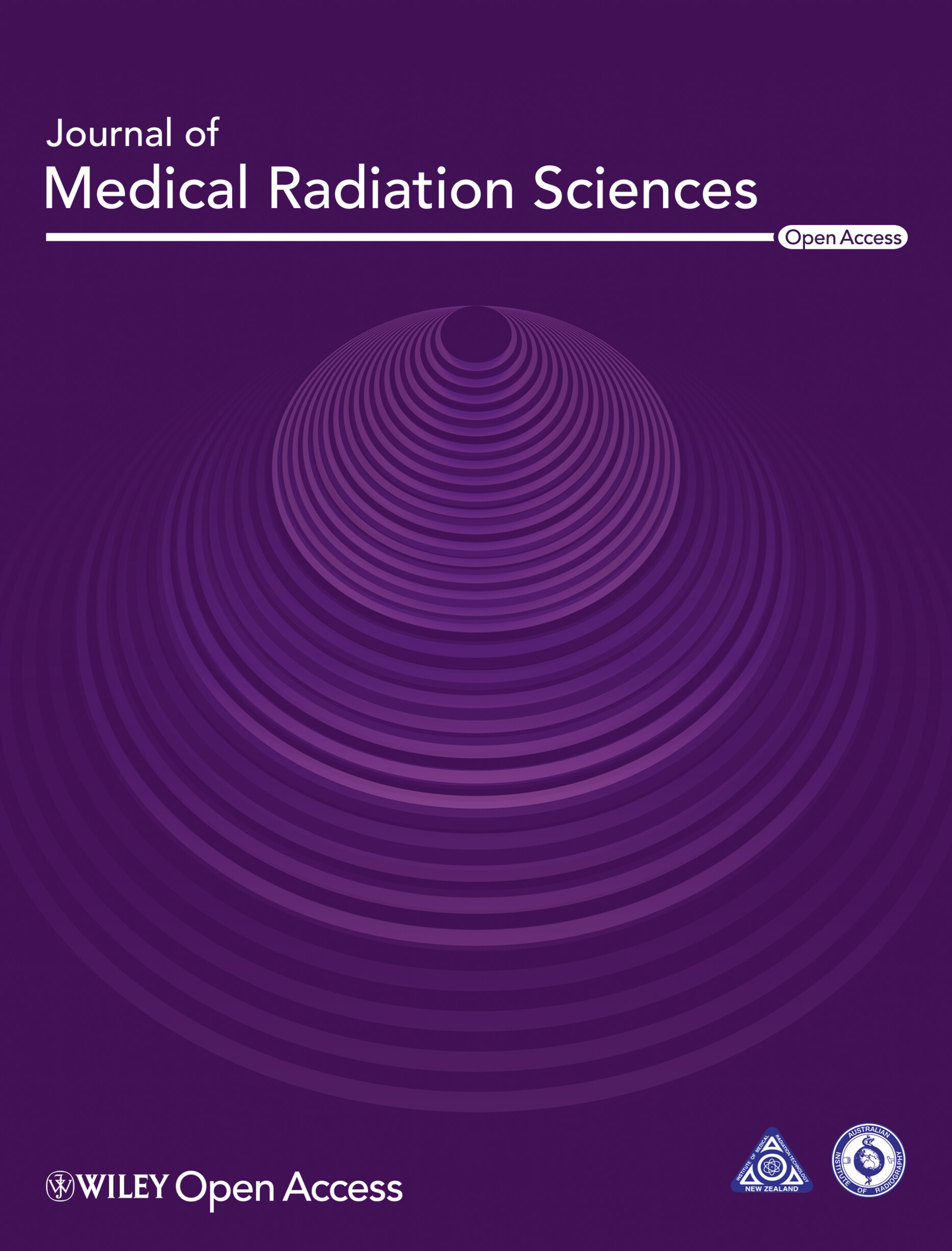
Evidence-based practice (EBP) has a vital role to play in improving outcomes for patients, organisations and individual practitioners. Unfortunately, within diagnostic radiography, literature consistently demonstrates that positive EBP is not the norm. This editorial discusses a strategy for fostering cultural change within the profession to improve EBP.
Technology-enabled patient care in medical radiation sciences: the two sides of the coin
- Pages: 326-329
- First Published: 24 June 2024
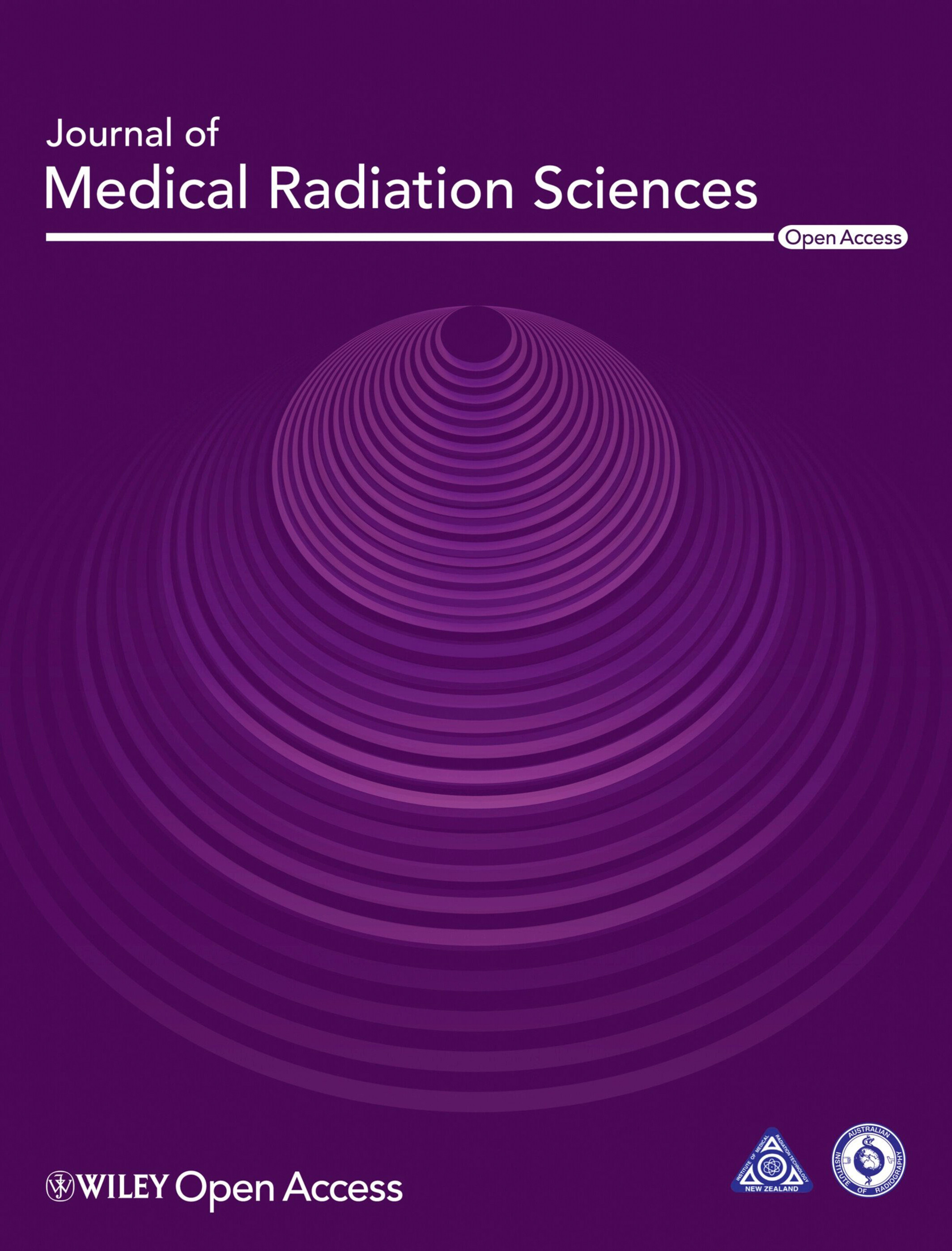
This is an exciting time to be working in healthcare and medical radiation sciences. This article discusses the potential benefits and risks of new technological interventions for patient benefit and outlines the need for co-production, governance and education to ensure these are used for advancing patients' well-being.
Original Article
Australian radiation therapist's research capacity and culture: investigating the extent of assistance required to build research capacity
- Pages: 330-343
- First Published: 20 September 2023
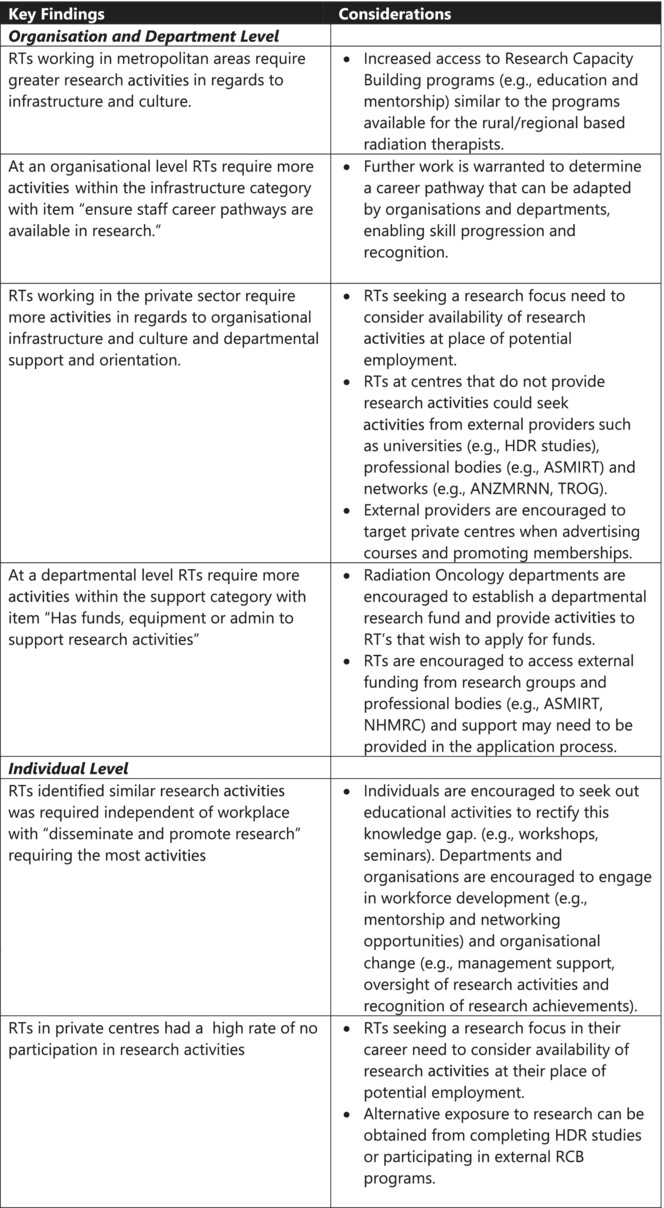
This exploratory study (n = 121) assessed areas within each research capacity domain where Australian radiation therapists would benefit from extra research assistance, particularly in relation to the workplace and health sector. The study showed within the Organisation and Department domains participants from private sector and metropolitan centres required a higher rate of assistance when compared to their counterparts in both categories. The Individual domain showed similar levels of assistance required across health sectors and work locations. Workplaces showed similar levels of complexity of research activity; the private sector recorded the highest level of ‘no research activity’.
Competency in evidence-based medicine and associated factors among medical radiology technologists in Addis Ababa, Ethiopia
- Pages: 344-354
- First Published: 06 March 2024
An evaluation of ankle and foot bolus in paediatric modulated arc total body irradiation (MATBI)
- Pages: 355-364
- First Published: 12 March 2024
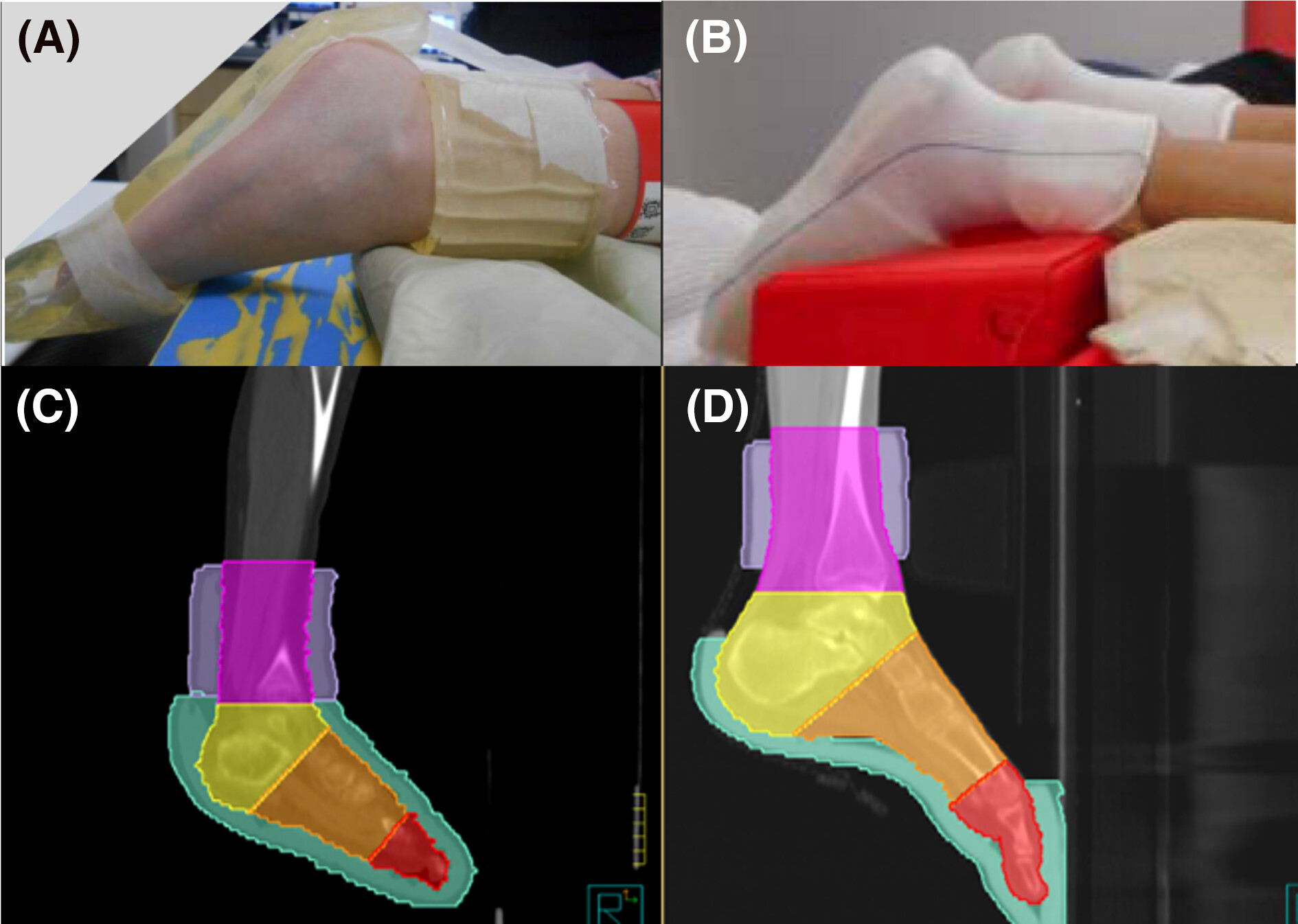
The aim of this study was to evaluate the role of ankle and foot bolus in achieving dose uniformity in paediatric patients undergoing MATBI treatment. Through retrospective analysis of patients aged 2–18 years, this study validated the continued use of ankle and foot bolus to achieve primary dosimetric goals for paediatric MATBI treatments, particularly V90 coverage across all ages.
Significance of lung nodules detected on chest CT among adult Aboriginal Australians – a retrospective descriptive study
- Pages: 365-374
- First Published: 22 March 2024

Current literature portrays an increased incidence and worse outcomes for Aboriginal Australians with lung cancer. This could be related to systematic failure in developing radiology prediction models in the early detection of at-risk patients demonstrating lung nodules. This study assessed chest radiology in 402 adult Aboriginal cohort and demonstrated lung nodule detection rate of 19%, with ten percent demonstrating malignancy on follow-up. Further prospective studies are required for prognostication and monitoring of lung nodules in Aboriginal Australians and to stratify predictive models in the early diagnosis of lung malignancy.
Breast percent density changes in digital mammography pre- and post-radiotherapy
- Pages: 375-383
- First Published: 03 April 2024
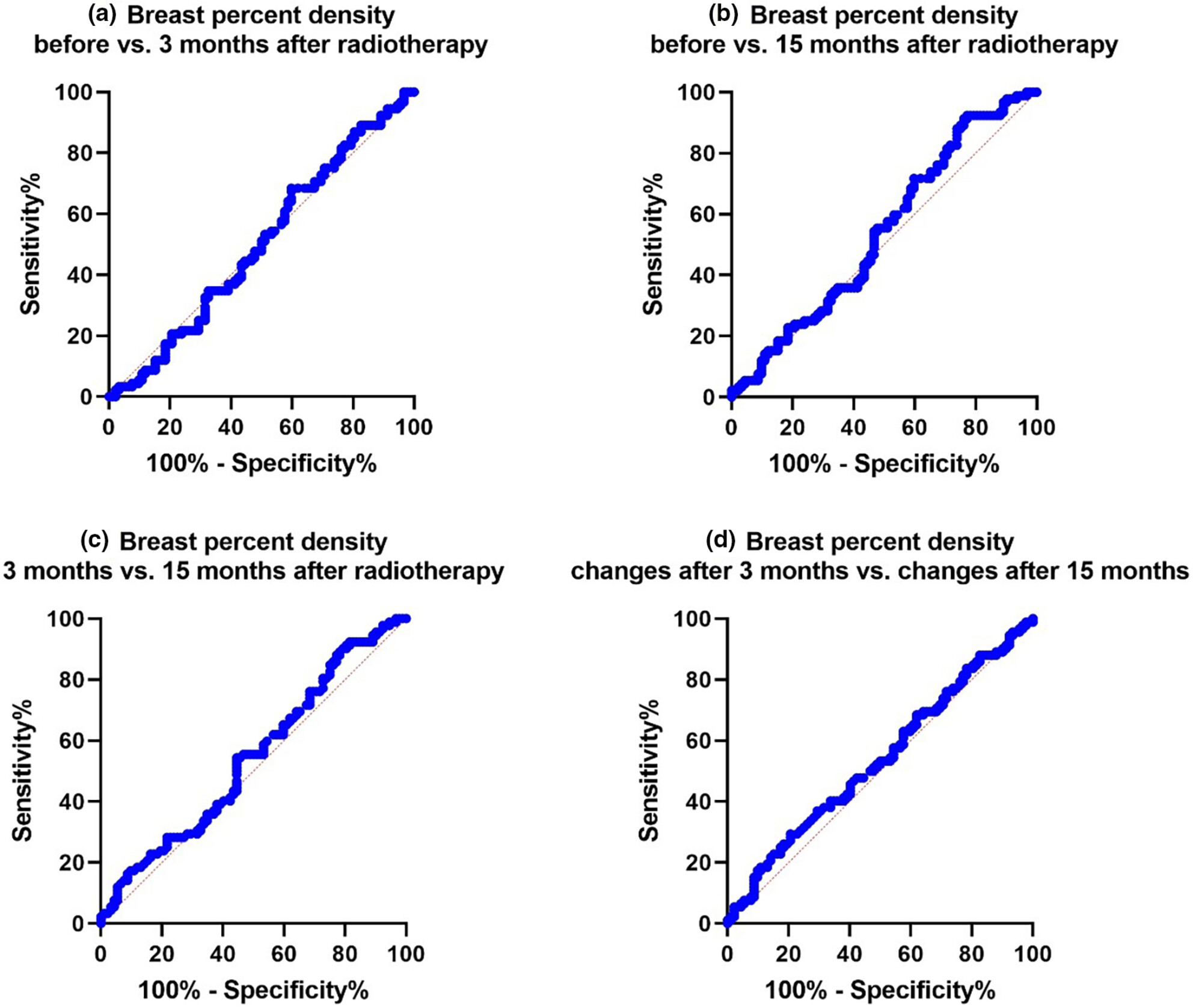
This study used OpenBreast software to analyse digital mammograms and quantitatively evaluate changes in breast percent density (PD) in women with breast cancer before and after radiotherapy, and at 3 and 15 months post-treatment. These findings suggest that breast density continues to evolve over the first year following radiotherapy, highlighting the need for further research.
Eliciting the views of left breast cancer patients' receiving deep inspiration breath hold radiation therapy to inform the design of multimedia education and improve patient-centred care for prospective patients
- Pages: 384-395
- First Published: 16 April 2024
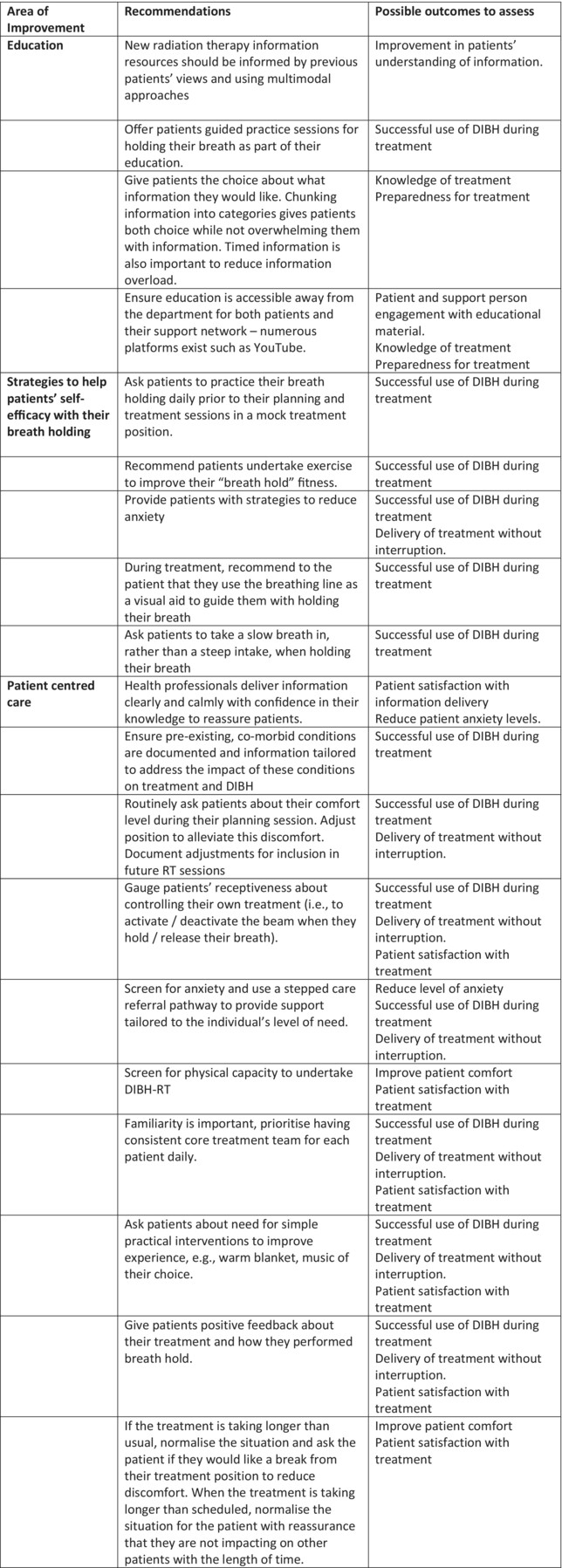
Eliciting patients' views of their deep inspiration breath hold (DIBH) radiation therapy treatment was sought to inform the design of multimedia education and improve patient care for future patients. The results from this study highlighted the need to improve patient self-efficacy with DIBH through familiarity with their planned treatment from new multimedia education and foster patient care to enhance their experience.
Cut-off value for a normal posterior tibial nerve to diagnose tarsal tunnel syndrome amongst people of different race in Pretoria, South Africa
- Pages: 396-402
- First Published: 20 April 2024
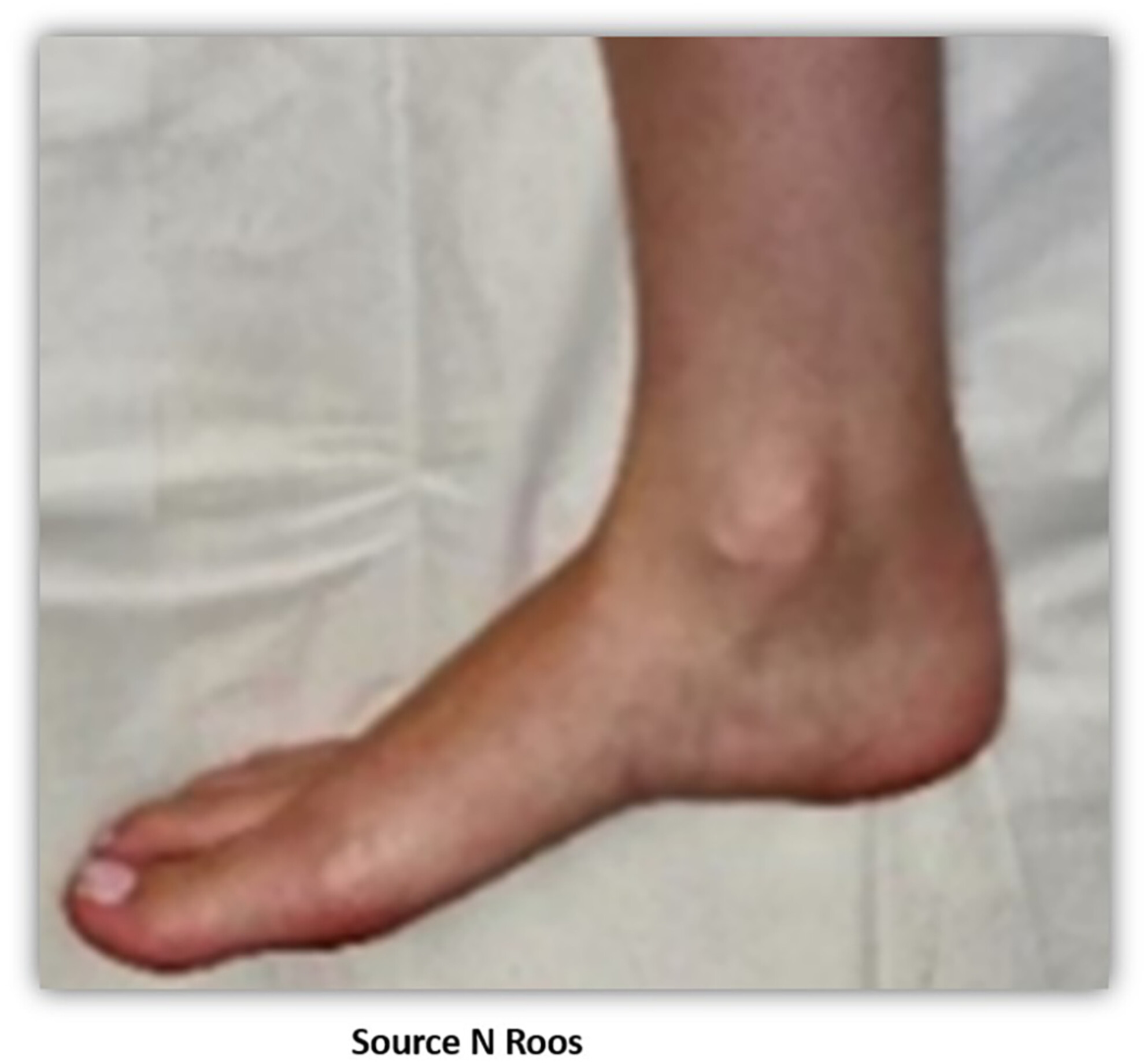
The study reports on the cut of value for a normal posterior tibial nerve to diagnose tarsal tunnel syndrome (TTS) amongst people of different race in Pretoria, South Africa. The findings are important to establish whether ultrasound measurements could be significant in the diagnosis of TTS for different race groups. The results could also be insightful for other population groups in other countries.
ePortfolios: Enhancing confidence in student radiographers' communication of radiographic anatomy and pathology. A cross-sectional study
- Pages: 403-411
- First Published: 07 May 2024
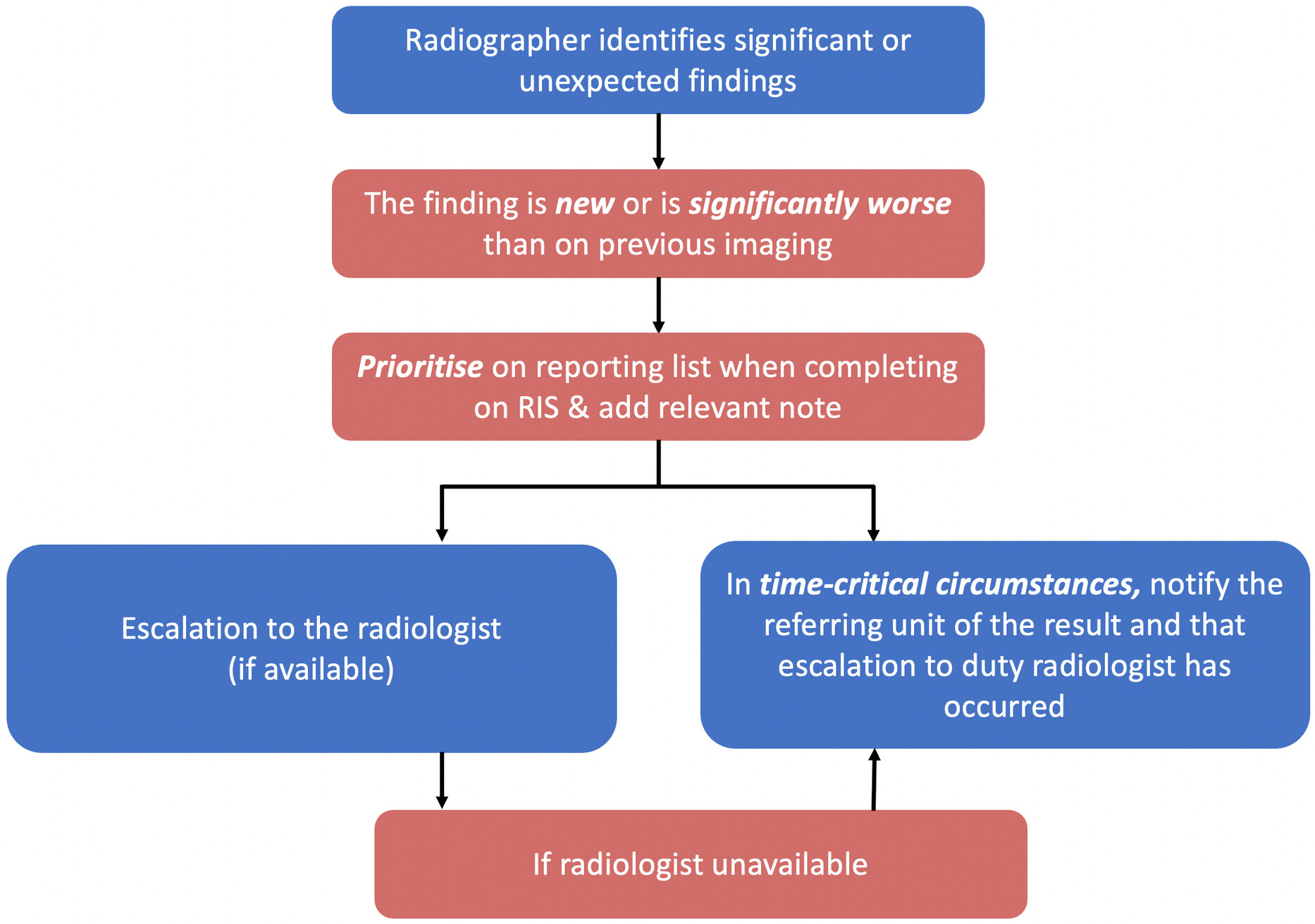
This study investigates the impact of eportfolios on the confidence of second-year radiography students in identifying and describing radiographic findings in academic and clinical settings. Results indicate a decrease in confidence in the clinical environment compared to the academic setting, highlighting challenges faced by students. While eportfolios show promise in enhancing confidence, further exploration of factors influencing clinical performance is warranted.
Multi-centre digital radiography reject analysis for different clinical room use types: The establishment of local reject reference levels for public hospital departments
- Pages: 412-420
- First Published: 06 June 2024
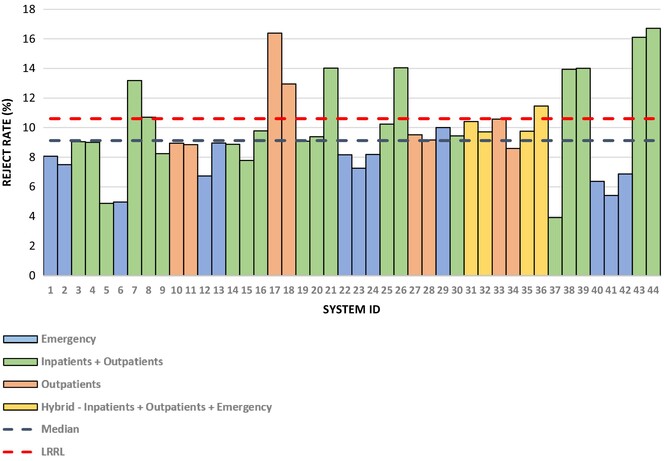
The purpose of this study was to perform a multi-centre, vendor agnostic reject analysis across different room usage types, and to provide benchmarks for comparison. The overall reject rate, local reject reference level, absolute and relative reject rates for body part categories, reject rates by room usage type and the reject rate for each reason of rejection were calculated.
Reduction of metal artefacts from bilateral hip prostheses during lower extremity computed tomography angiography: an experimental phantom study
- Pages: 421-431
- First Published: 28 June 2024
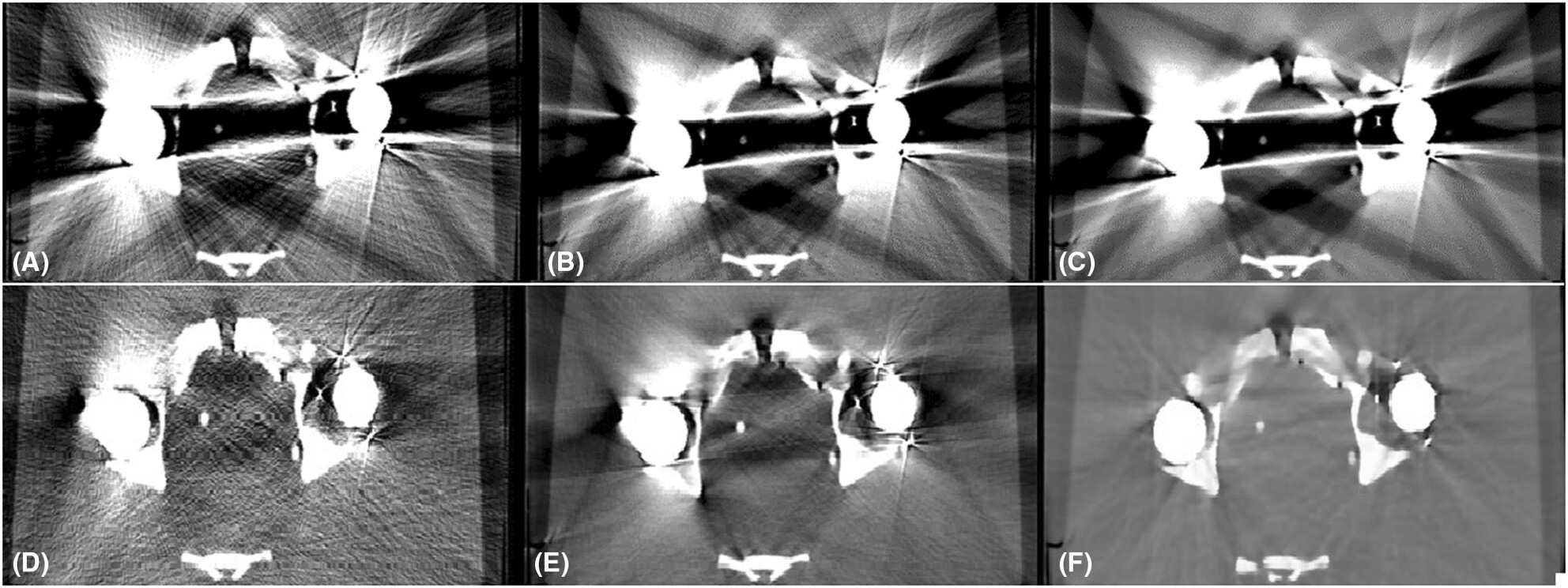
Metal artefacts have a significant impact on the diagnostic efficiency of lower extremity CT angiography. Various methods have been used in the study to improve the image affected by metallic artefacts, including reconstruction algorithms. Iterative model-based reconstruction (IMR) combined with orthopedic metal artifact reduction (O-MAR) has shown the ability to reduce artefacts with high efficiency compared to filtered back projection (FBP) and iterative reconstruction (IDOSE).
Review Article
Exploring the use of mobile translation applications for culturally and linguistically diverse patients during medical imaging examinations in Australia – a systematic review
- Pages: 432-444
- First Published: 22 January 2024
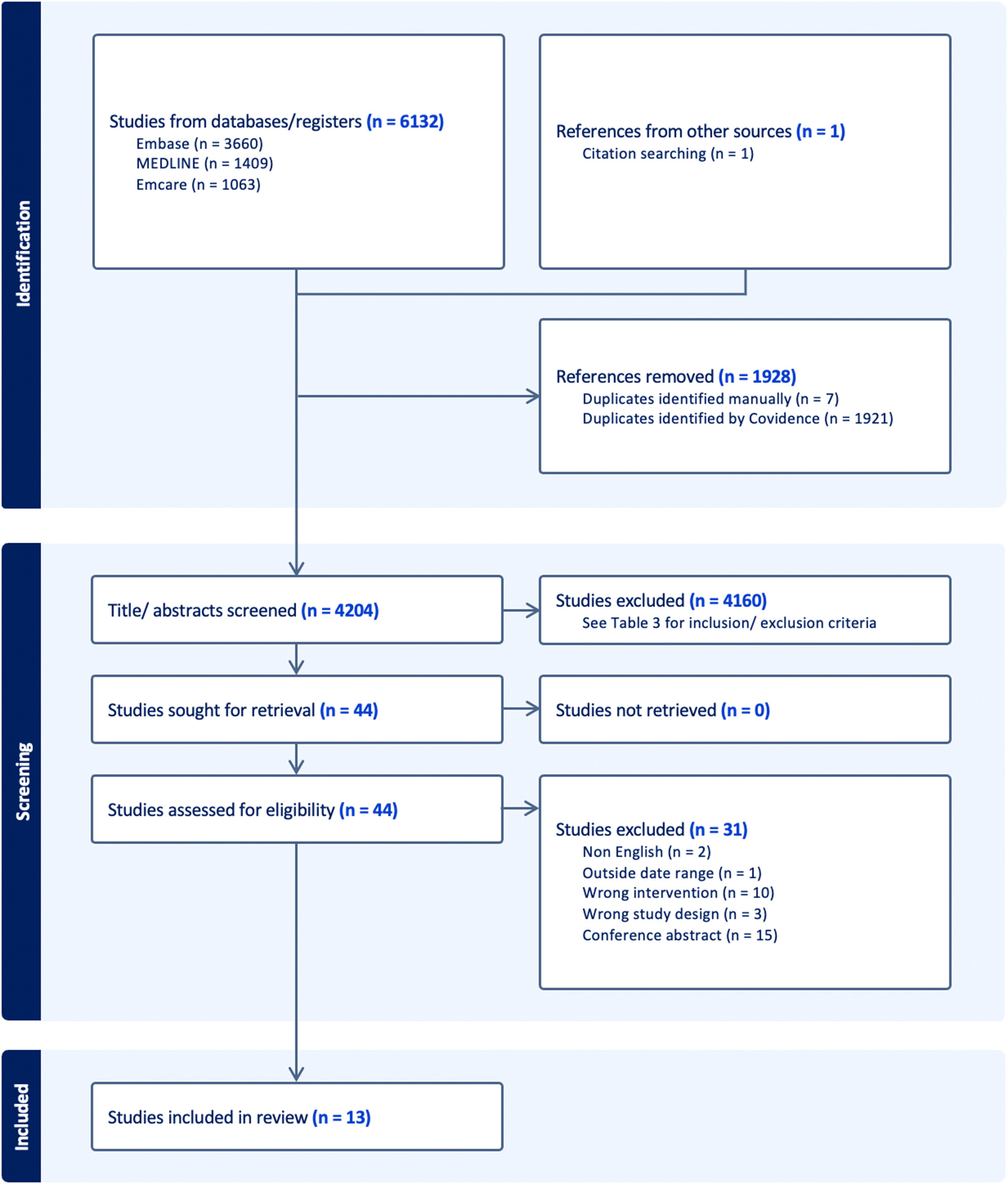
In this review, we sought to investigate the potential for mobile translation applications (MTAs) to be used during medical imaging examinations of culturally and linguistically diverse (CALD) patients. We found that MTAs may enhance communication between CALD patients and medical imaging professionals and uphold safety by more accurately performing procedure matching and healthcare assessments. Importantly, reliability of free-input translation and patient confidentiality were flagged as limitations of MTAs that need to be addressed should a safe MTA be designed for medical imaging purposes.
Systematic review of MRI safety literature in relation to radiofrequency thermal injury prevention
- Pages: 445-460
- First Published: 27 June 2024
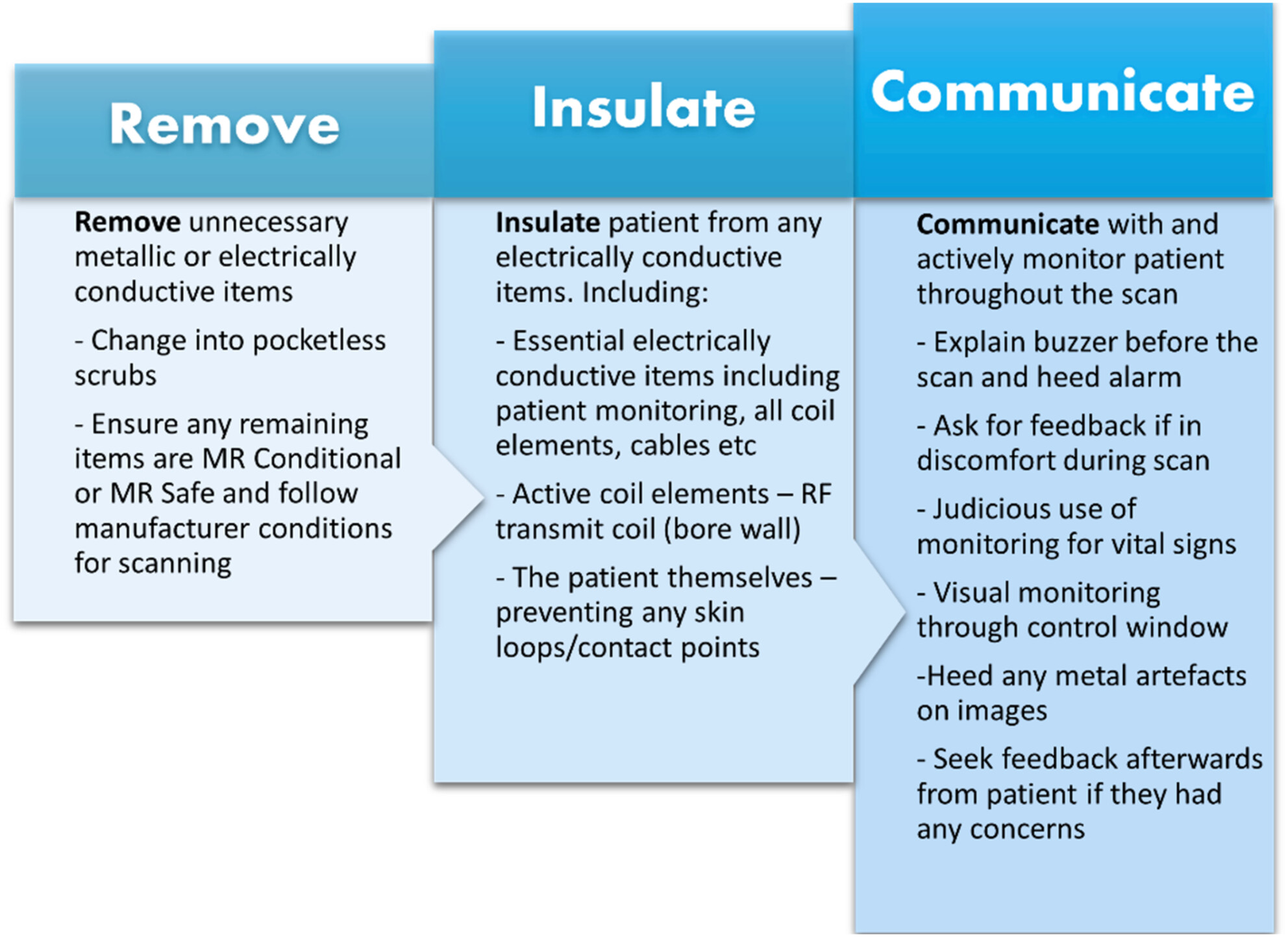
A systematic review was performed of all MRI safety literature from 2010 to 2023 and analysed to determine if risks and prevention of radiofrequency thermal injuries were well documented. This was found to be quite fragmented so three key safe practice recommendations are suggested to prevent MRI thermal injuries.
Technical Report
Safety of intracranial electrodes in an MRI environment: a technical report
- Pages: 461-473
- First Published: 11 March 2024
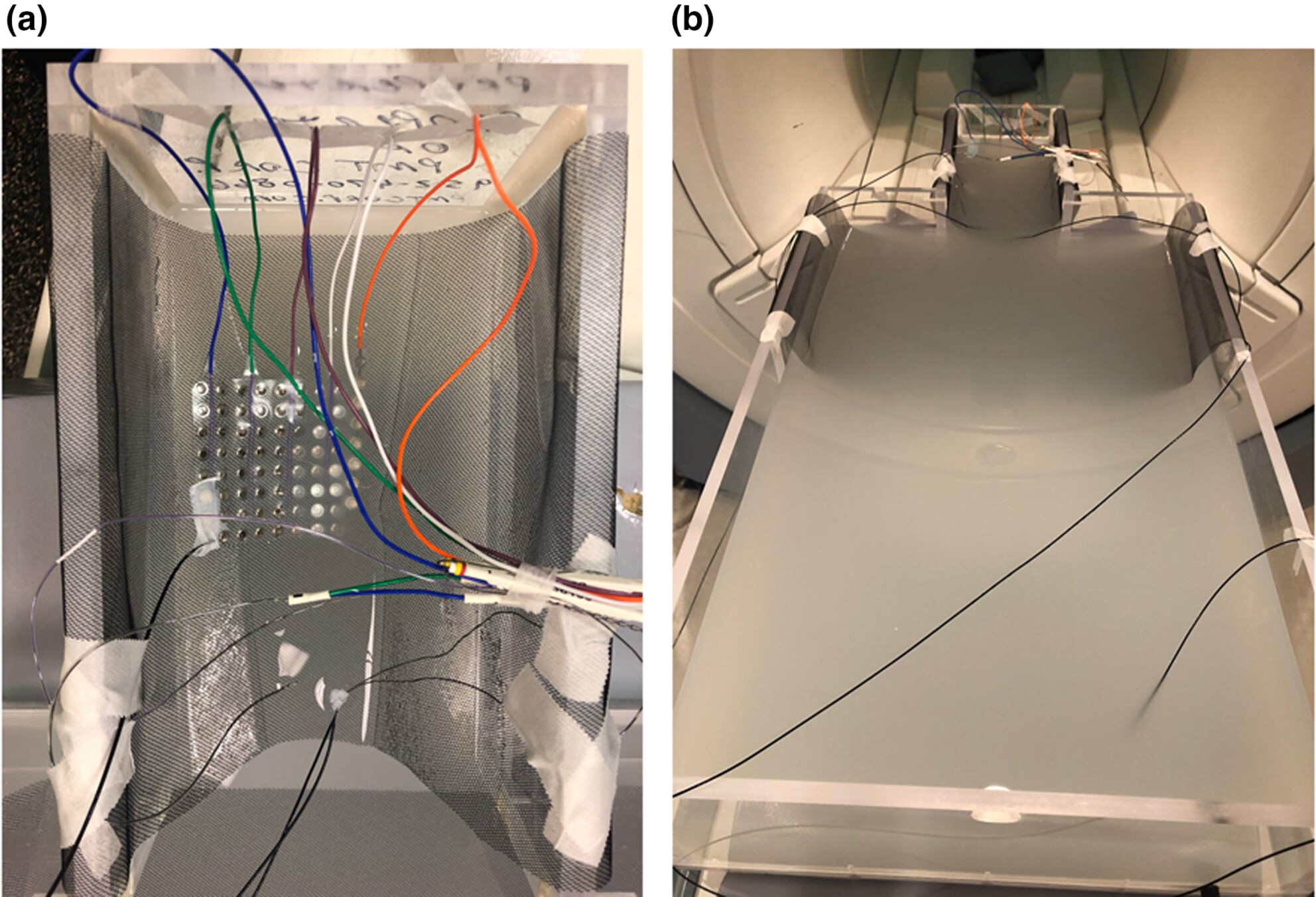
This manuscript reports the results of an in vitro study to evaluate the safety and other issues associated with imaging intracranial electrodes, including stereo-EEG depth electrodes and grid and strip electrodes, in a 3-Tesla MRI environment. All measurements were performed according to American Society for Testing and Materials (ASTM) standards. The results of this study suggest that intracranial EEG electrodes may be imaged at 3T under certain conditions.
How I do it
Intra-operative duplex ultrasound scanning in renal transplantation: protocol and service requirements
- Pages: 474-483
- First Published: 26 March 2024
The development and implementation of a radiation therapy bariatric protocol
- Pages: 484-490
- First Published: 14 July 2024
Continuing Professional Development
Continuing Professional Development - Medical Imaging
- Page: 491
- First Published: 17 June 2024
Continuing Professional Development – Radiation Therapy
- Page: 492
- First Published: 04 July 2024




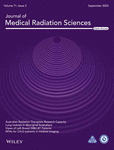
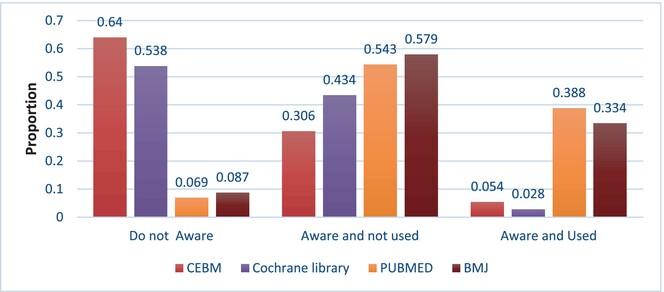
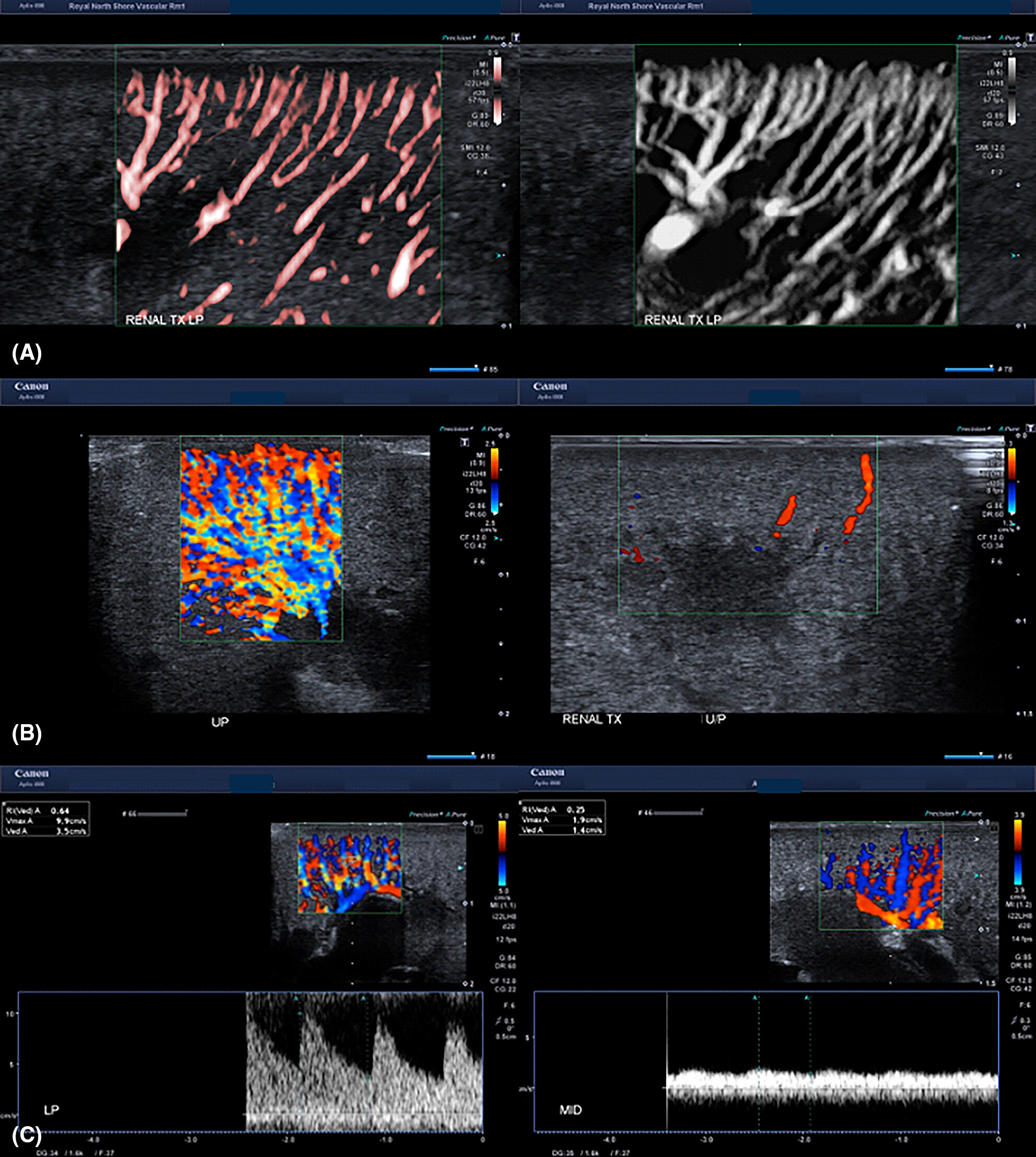
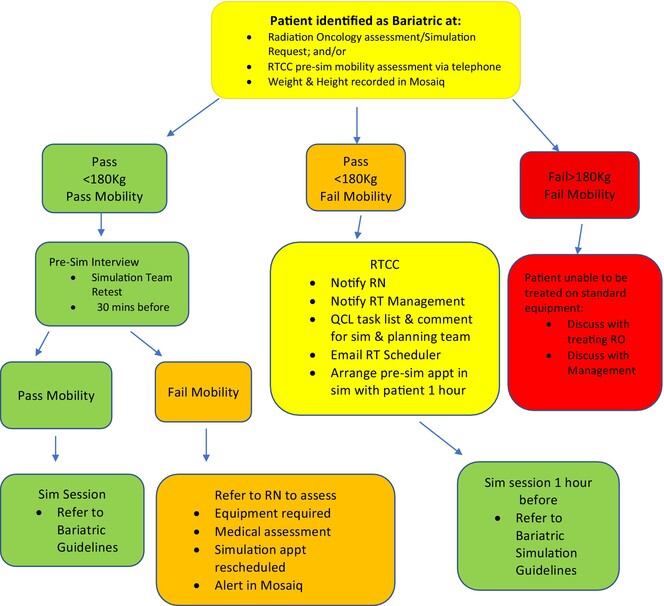
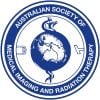
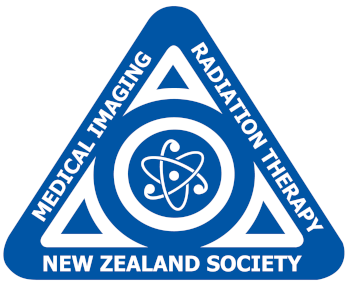

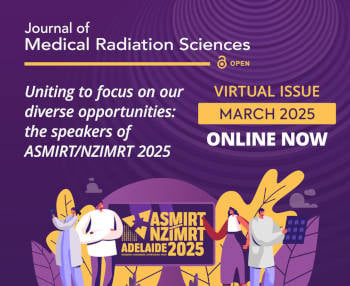
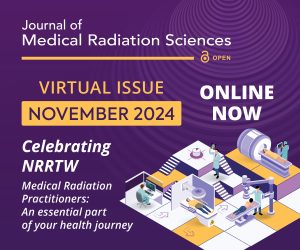
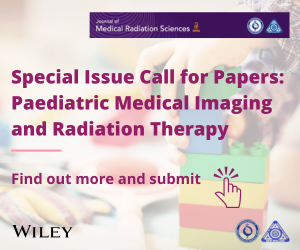
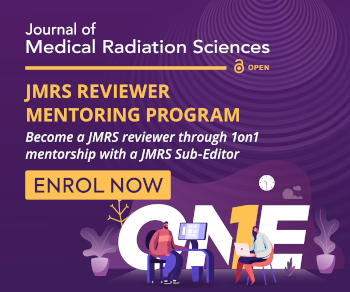
-1693813706.png)